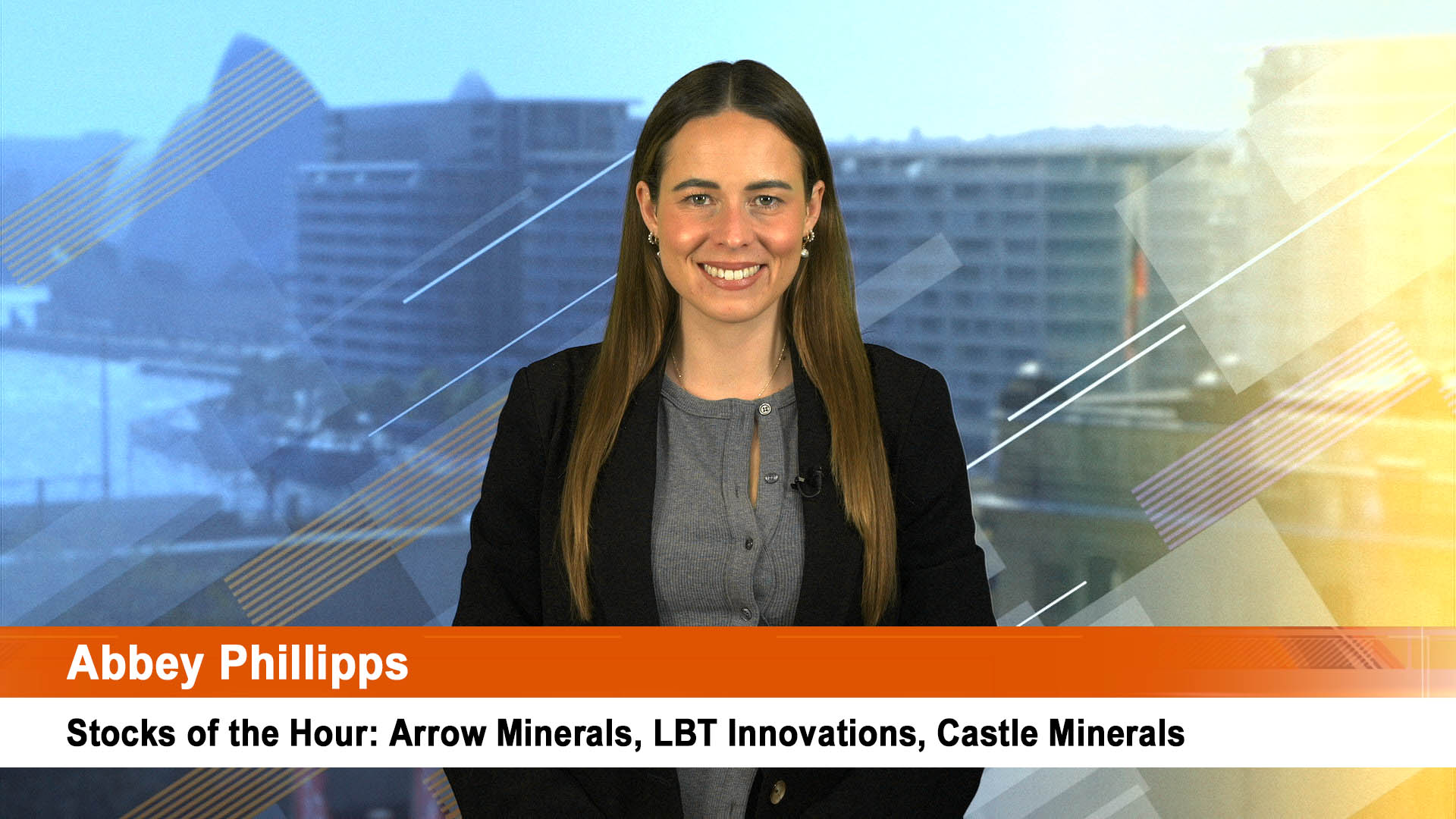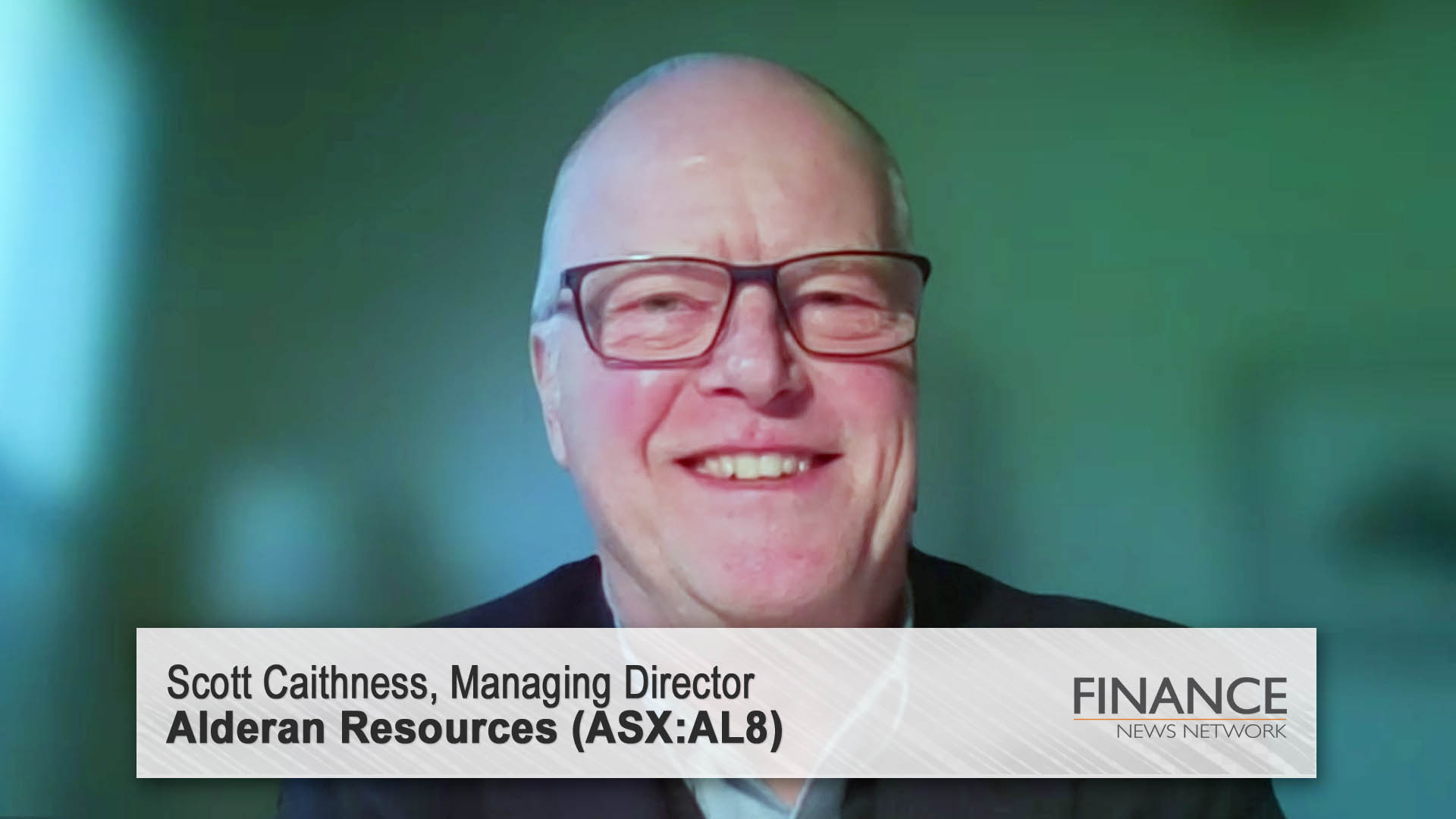We told you last week the Reserve Bank would not move interest rates at its meeting yesterday and that’s what it did. Now it will remain a holding pattern well into 2017.
In widely move expected by most economists the RBA left interest rates on hold again for the third month in a row at 1.5%.
The news helped the Australian dollar to a small gain yesterday, but it remained well under 77 US cents.
The ASX 200 fell half a per cent yesterday in the wake of the RBA’s non-decision.
In his post meeting statement, Governor Phil Lowe showed more confidence about China, but still sees medium term risks with China’s debts the major area of worry.
The bank sees no worries in Australia with financial markets functioning effectively, the economy growing at a moderate pace, labour market indicators mixed and inflation low.
The recent rise in commodity prices was highlighted in yesterday’s statement from Dr Lowe.
"Commodity prices have risen over recent months, following the very substantial declines over the past few years. The higher commodity prices have supported a rise in Australia’s terms of trade, although they remain much lower than they have been in recent years."
But there were a couple of changes to the wording of Dr Lowe’s statement.
Firstly, it inserted an explicit paragraph indicating that its forecasts for growth and inflation are little changed. This foreshadows the Bank’s Statement on Monetary Policy to be released Friday but it also helps explain why the rate decision was made.
"The Bank’s forecasts for output growth and inflation are little changed from those of three months ago. Over the next year, the economy is forecast to grow at close to its potential rate, before gradually strengthening. Inflation is expected to pick up gradually over the next two years,” Dr Lowe said.
The RBA is saying that having already cut rates twice this year and with no further downwards revision to its inflation forecasts it saw no reason to cut again at this month’s meeting.
Secondly, the RBA has moved to further acknowledge the concerns about the property market noting “briskly” rising property prices in some markets – presumably Sydney and Melbourne. This was likely another reason to hold back on another rate cut but may also be a signal to key regulator, APRA that it may need to do something to further tighten lending conditions.
APRA has already tightened mortgage lending rules and issued a detail statement to banks and others two weeks ago on this very point, and is also demanding more detail from lenders about their customers and business.
The AMP’s Chief Economist, Dr Shane Oliver said yesterday that “Short of a shock – eg a plunge in share markets in response to a Trump victory or a run of very soft economic data globally or in Australia, it’s hard to see the RBA cutting interest rates at its December meeting. So the focus will now shift to the February meeting next year.”
“While the tone of the RBA’s Statement was basically neutral it’s too early to rule out further rate cuts next year as housing construction will slow, house price momentum is likely to soften leading to fading wealth effects, falling full time jobs are a concern for consumer spending, credit growth is slowing and inflation risks are skewed to the downside.
"The RBA may also need to offset regulatory driven increases in bank mortgage rates. So we are allowing for one rate cut in the first half of next year. Regardless of whether there will be further cuts or not, a rate hike is probably two years away.
"Finally, the continuing strength in the $A and the risks it poses begs the question as to why the RBA doesn’t just maintain an easing bias. The RBA doesn’t have to act on it and it costs nothing but will help prevent the $A from appreciating,” Dr Oliver said yesterday.













